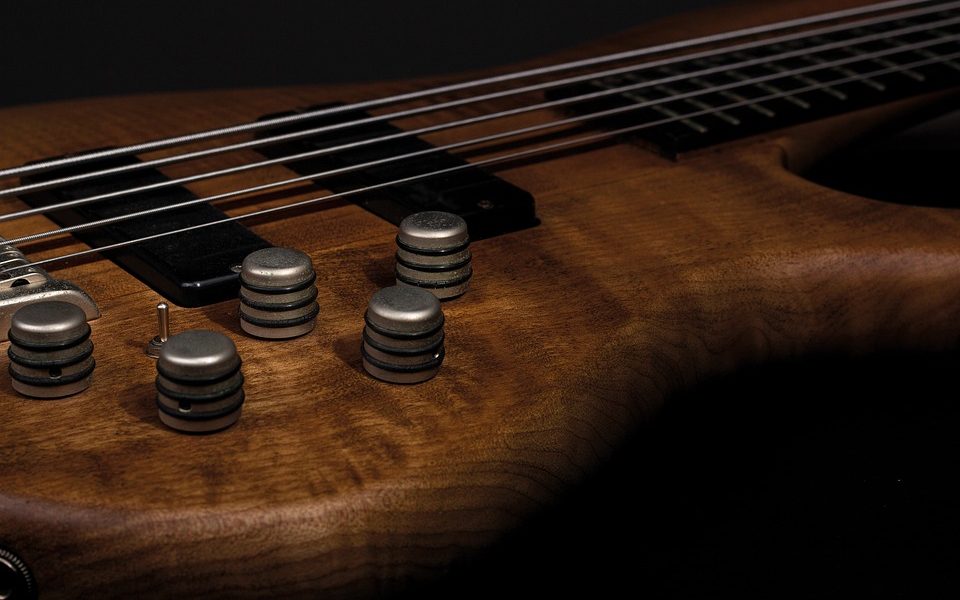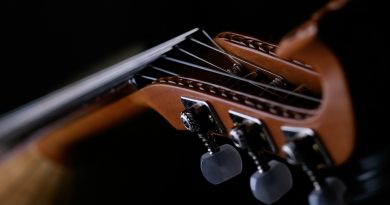Master Timing and Precision: Top Tips for Using a Metronome with Your Guitar Playing
Master Timing and Precision: Top Tips for Using a Metronome with Your Guitar Playing
As a guitarist, one of the most important skills you can develop is mastering timing and precision in your playing. A crucial tool that can help you achieve this is the metronome. A metronome is a device that produces regular, metrical ticks or beats to help musicians maintain a consistent tempo while playing. In this article, we will discuss the top tips for using a metronome effectively in your guitar playing to improve your timing and precision.
Understanding the Basics of Timing and Precision
Before we dive into the tips for using a metronome, it is important to understand the basics of timing and precision in guitar playing. Timing refers to the ability to play a piece of music at the correct tempo, while precision refers to playing each note accurately and cleanly. These two aspects are crucial for musicians to sound professional and polished in their performances.
Why Use a Metronome?
A metronome is an invaluable tool for guitarists looking to improve their timing and precision. It helps you develop a strong sense of rhythm, keeps you accountable to play at a consistent tempo, and allows you to track your progress over time. Additionally, practicing with a metronome can help you internalize different time signatures and improve your overall musicality.
Tips for Using a Metronome
1. Start Slow
When first starting to practice with a metronome, it is important to start at a slow tempo. This allows you to focus on playing each note accurately and cleanly without feeling rushed. As you become more comfortable at a slower tempo, gradually increase the speed of the metronome to challenge yourself.
2. Focus on One Section at a Time
Instead of trying to play an entire piece of music with a metronome from start to finish, break it down into smaller sections and focus on mastering each one individually. This allows you to pinpoint areas where you may be struggling with timing or precision and work on them more effectively.
3. Use Different Time Signatures
Experiment with playing in different time signatures using the metronome. This will help you develop a better understanding of rhythm and improve your overall musicality. Start with common time signatures like 4/4 or 3/4 and gradually explore more complex ones like 7/8 or 5/4.
4. Practice with Different Rhythmic Patterns
In addition to playing in different time signatures, try practicing with different rhythmic patterns with the metronome. This will challenge your timing and precision skills and help you become a more versatile guitarist. Some common rhythmic patterns to practice include eighth notes, triplets, and sixteenth notes.
5. Incorporate Dynamics and Articulations
To further enhance your musicality, incorporate dynamics and articulations into your practice with the metronome. Experiment with playing softly and loudly, using accents, and adding vibrato to create a more expressive and dynamic performance.
6. Record Yourself
Recording yourself playing with a metronome is a great way to track your progress and identify areas for improvement. Listen back to your recordings and pay attention to your timing, precision, and overall musicality. This will help you become more self-aware as a musician and continue to grow and develop your skills.
7. Practice Regularly
Consistency is key when using a metronome to improve your timing and precision. Make it a habit to practice with a metronome regularly, whether it’s for a few minutes each day or during your longer practice sessions. The more you use a metronome, the more you will see improvements in your playing.
In conclusion, mastering timing and precision is essential for guitarists looking to become skilled musicians. Using a metronome is a valuable tool to help you achieve this goal. By following the top tips outlined in this article and incorporating them into your practice routine, you can improve your timing, precision, and overall musicality as a guitarist. So grab your metronome, set your tempo, and start practicing!






